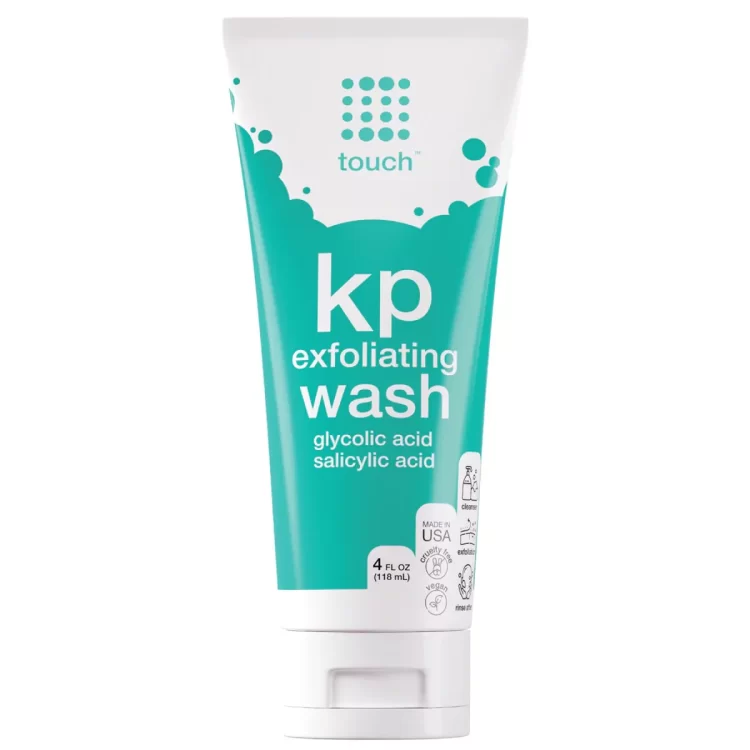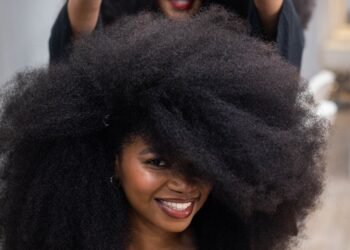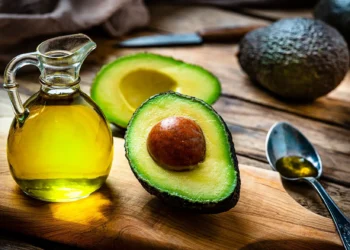Exercise can be very good for our skin as it relieves stress, increases blood flow to the skin cells, brings in nutrients and oxygen and takes away waste, which may aid healing.
However, working up a good sweat in the gym can also create the perfect conditions for acne-causing bacteria and yeast to thrive, causing more frequent breakouts.
To prevent post-workout acne, dermatologists recommend the following tips.
Remove makeup prior to workout – Cleanse your face prior to working out to remove makeup as makeup causes sweat and bacteria to become trapped in enlarged pores during exercise, leading to clogged pores and then acne.
Use an oil-free makeup remover towelette if washing isn’t an option. Keep long hair off your face If your hair is long, pull it back and off your face. Natural oils from your hair and hair care products can be transferred to your skin. This too can clog pores and encourage fungal growth, contributing to breakouts.
Avoid touching your face with your hands. Make a habit of not touching your face with your hands during a workout.
Any bacteria, oils, or dirt that you’ve touched can get transferred to your skin, contributing to clogged pores and infections.
Shower right after workout- You should shower as soon as you can after your workout. The longer you leave that sweat and dirt build up, the higher your risk of acne, folliculitis and others.
Wear loose clothing – Avoid tight fitting clothing. Look for loose fitting or moisture wicking clothes instead. Breathable clothes are advisable to prevent dirts and sweats from compressing on your skin as you work out.
Get a body acne wash – Body washes such as those that contain benzolyn peroxide or salicylic acid are very helpful for fighting acne and preventing the actual acne bacteria. Keeping these in the shower and using them after any workout is a great idea to both prevent acne and treating any existing acne. Carave Salicylic Acid Cleanser, Cosrx Salicylic Acid Cleanser, Tiam Face Azulence Cleanser and Cerave Foaming Cleanser are dermatologist-recommended and are available at Nectar Beauty Hub.
Eczema: What Should You Be Looking For In A Moisturiser
No matter what skin type you have, moisturising should always be in your skincare routine. Moisturisers create a barrier between your skin and the environment, encourage skin cell turnover and help to even out your skin tone; both of which aid in creating healthy, glowing skin.
However, depending on your skin condition, there are some ingredients you should be looking for when purchasing a moisturiser. Having eczema flares or atopic dermatitis, then you should be looking for the following in a moisturiser to prevent worsening. Avoid lotions Your moisturiser should be in the form of a cream or ointment and not a lotion as lotions tend to be more lightweight and therefore a little bit less moisturising than a cream.
So look for bottles that say ‘moisturising’ such as the Cerave Moisturising Cream. An ultra-hydrating lotion like La Roche Posay Lipikar Lait. Body Milk is an exception, though, as it is specifically designed to hydrate for almost 48 hours after, reinforce the skin barrier and restore comfort while healing mild eczema-prone skin. Look for ingredients Your moisturiser should contain either hyaluronic acid, ceramides, or glycerin. These help to attract more water to your skin and keep it hydrated. Also look for bottles that have petrolatum jelly; they are going to be great for adding moisture back to your skin.
The Cerave Moisturising Cream is one highly recommended by dermatologists. Choose products with fewer ingredients. The fewer the ingredients in your bottle, the better. So, consider a product with fewer ingredients to lower your risk of having a reaction. Such products should be fragrance-free, dye-free, and hypoallergenic.
The Cerave Moisturising Cream fits perfectly and is available in online stores such as Nectar Beauty Hub.






















